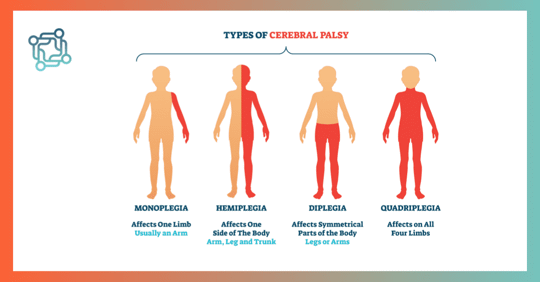Give us a call or fill out a form for a free consultation.
Unfortunately, mistakes during birth can occur and result in a child experiencing a traumatic brain injury that can lead to cerebral palsy. Sadly, this is a condition that doctors cannot diagnose until some time later due to the symptoms not exhibiting themselves until the child is older. This is due to normal motor functioning skills developing past infancy.
Spastic Diplegic Cerebral Palsy
The most common form of cerebral palsy is spastic cerebral palsy as it occurs in around 80 percent of all instances of the condition. Typically, it results in erratic or difficult movements or increased muscle tone. There is a subtype of this condition known as spastic diplegic cerebral palsy, which mainly affects the legs. Children with this condition often have difficulty walking and may crisscross their legs while doing so. This occurs as a result of muscle tightness in the legs and hips. In some cases, to a much lesser degree, the arms may also be affected.
What Does the Condition Mean?
If your child has been diagnosed with spastic diplegic cerebral palsy, it’s important to understand what it means. The symptoms can be explained by breaking down each word that makes up the name of the condition and includes the following:
- Spastic: This means there is an increase in muscle tone, which results in frequent jerky, stiff movements.
- Diplegic: This refers to the limbs that are affected by the condition, especially the legs.
- Cerebral: This refers to the brain and the damage it has suffered that has caused the medical condition.
- Palsy: This means there is a weakness of the muscles or muscle paralysis.
How Does the Condition Differ from Other Types of Cerebral Palsy?
Overall, the symptoms of spastic diplegic cerebral palsy tend to be similar to those of other forms of cerebral palsy, there are certain traits that are common with the condition. The child exhibits stiffness or tightness in the leg muscles, an exaggeration of their leg reflexes, criss-cross walking, and walking on the toes.
What Causes Spastic Diplegic Cerebral Palsy?
As with other types of cerebral palsy and other birth injuries, spastic diplegia is caused by damage to the brain. In most cases, this occurs due to a lack of oxygen to the infant, but there are other things that can cause the condition. They include the following:
- Abnormal fetal presentation, such as breech birth
- Birth asphyxia
- Infection in the mother
- Low Apgar score
- Newborn jaundice
- Preeclampsia
- Preterm delivery
- Rh incompatibility
- Twin or multiple births
Many of these problems are caused by medical malpractice. If a doctor or other healthcare professional fails to respond in a timely manner when a complication arises during pregnancy or birth, or if they act negligently, you may have a legitimate case to file a birth injury lawsuit for your child’s spastic diplegic cerebral palsy. If this is the case with your child, you will want to speak with the Law Firm of Michael H. Bereston, a nationwide birth injury attorney. A nationwide birth injury attorney at the Law Firm of Michael H. Bereston will be able to build a strong case so you can recover compensation for your child’s ongoing care.
At The Law Firm of Michael H. Bereston, we understand that you may have questions following a birth injury diagnosis. We can answer them, and help give you a plan moving forward. Give us a call today for more information (410) 220-6581.

